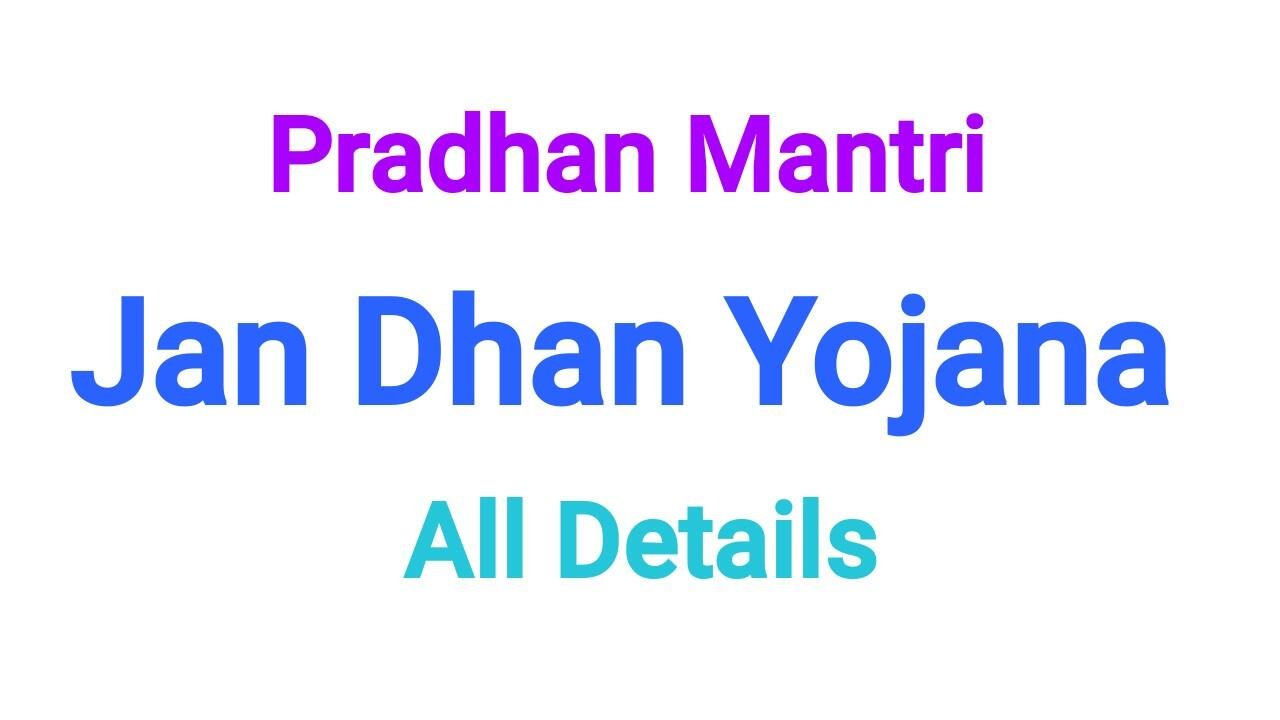India is a country where the need for water in villages and cities is an important part of everyone’s life. Water is not only necessary for quenching thirst but also for cooking, cleaning, farming and other daily needs. But even today, in many places in our country, people do not have easy access to clean and safe drinking water. Especially in rural areas, where people go far away to fetch water, this problem is even more serious. Keeping this challenge in mind, the Government of India started Jal Jeevan Mission (JJM), which aims to provide clean and safe drinking water to every household. Let us talk in detail about this mission in this article, what it is, what is its objective, and how it is beneficial for the people of our country.
What is Jal Jeevan Mission?
Jal Jeevan Mission is an ambitious scheme of the Government of India, which was launched in August 2019. Its main goal is to provide clean and safe drinking water through tap to every rural household in the country by 2024. This mission has been created to solve the problem of water scarcity and quality in rural India. Under this scheme, a target has been set to provide tap connection to every house, so that people do not have to wander far for clean water.
The slogan of this mission is “Har Ghar Jal”, and it is not just a slogan but a promise that is working towards improving the lives of the people of rural India. The government has allocated a budget of more than Rs 3.5 lakh crore for this mission, which shows its seriousness. This scheme is being run in collaboration with the central and state governments, in which the participation of local communities has also been given great importance.
Main objectives of the mission
Jal Jeevan Mission has some major objectives that make it special. Let’s have a look at them:
- Tap connection in every house: The biggest goal of the mission is to provide clean and safe water through tap to every house in rural India. It will be ensured that every family gets at least 55 liters of water per person per day, which is enough to meet their basic needs.
- Water quality: Just providing water is not enough, but it is also important that the water is safe to drink. Under this mission, testing labs are being set up to check the quality of water so that there are no harmful elements in the water.
- Sustainable water sources: Another important goal of the mission is to maintain water sources for a long time. For this, steps like increasing the groundwater level, conserving rainwater and strengthening reservoirs are being taken.
- Community Participation: Village people are also being involved in this scheme. Gram Panchayats and local committees are being given the responsibility to manage the supply and maintenance of water. This will not only increase the success of the scheme but will also provide employment to the local people.
- Welfare of women and children: In rural areas, the responsibility of fetching water often falls on women and children. This mission will relieve them of this burden, saving their time and effort. This will enable women to spend more time taking care of their families and children, and children will be able to focus on their studies.
How does Jal Jeevan Mission work?
A systematic approach has been adopted to implement Jal Jeevan Mission. It has been strategized to work at four levels:
- Planning: First, the water situation in the villages is assessed. It is seen how much water is available there, what is the quality of water, and how many houses need tap connections. For this, a Village Action Plan is prepared in collaboration with the Gram Panchayats.
- Development of water sources: Sustainable sources are developed for water supply. This includes the use of rivers, ponds, wells and groundwater. Also, rainwater harvesting systems are being built to collect rainwater.
- Pipelines and tap connections: Pipelines are laid in villages so that water can be supplied to every house. Modern technology is being used for this so that water leakage is reduced and the supply remains smooth.
- Maintenance and monitoring: Maintenance is very important for the long-term running of the scheme. For this, local committees are trained so that they can take care of the pipelines and water sources. Also, labs and testing kits are being provided for regular checking of water quality.
Progress so far
Jal Jeevan Mission has made tremendous progress since its launch. When the mission began in 2019, only 17% of rural households in the country had tap connections. But by July 2025, this figure has increased to more than 80%. Many states, such as Goa, Telangana, Haryana and Gujarat, have achieved the target of 100% tap connections.
However, challenges still remain in some states. Especially in those areas where water sources are scarce or the topography is complex, such as mountainous regions or desert areas. Nevertheless, the government and local administration are constantly working to deal with these challenges.

Impact on people’s lives
The impact of Jal Jeevan Mission is not just limited to the availability of water. It is improving the lives of people in many ways. Some of the major impacts are as follows:
- Time Saving: Earlier rural women and children used to spend hours fetching water. Now due to tap connection their time is saved, which they can use for studies, work or family.
- Improved health: Access to clean water is reducing water-borne diseases such as diarrhoea, jaundice and typhoid. This is improving the health of children and the elderly in particular.
- Economic benefits: Easy availability of water is also promoting agriculture and small businesses. People are now avoiding the losses caused due to water shortage.
- Empowerment of women: Women are now able to find time for themselves after being freed from the responsibility of fetching water. In many places, women are also playing a leadership role by joining water committees.
Challenges and the way forward
Like every big scheme, Jal Jeevan Mission also faces some challenges. In some areas, the groundwater level has gone down very low, making water supply difficult. Apart from this, the work of laying pipelines in some villages is slow due to geographical reasons. Maintaining the quality of water and making the local people aware of the scheme is also a challenge.
But despite all this, the government and the local community are working together to find solutions to these problems. Steps like groundwater conservation, rainwater harvesting and public awareness are important in this direction.
Read Also : Pradhan Mantri Jan Dhan Yojana: A revolutionary step towards financial inclusion
conclusion
Jal Jeevan Mission is not just a government scheme, but an effort to change the lives of millions of people in rural India. This mission is not only providing clean water, but is also improving the health, time and economic condition of the people. This scheme can be successful only with the cooperation of the government, local communities and common people. If we all take this mission forward together, then the day is not far when clean water will come from the tap in every Indian’s home, and the dream of “Har Ghar Jal” will come true.
Come, let us all be a part of this mission and inspire people around us to do the same. If there is water, there is life, and Jal Jeevan Mission is a big step towards making this life even better.






